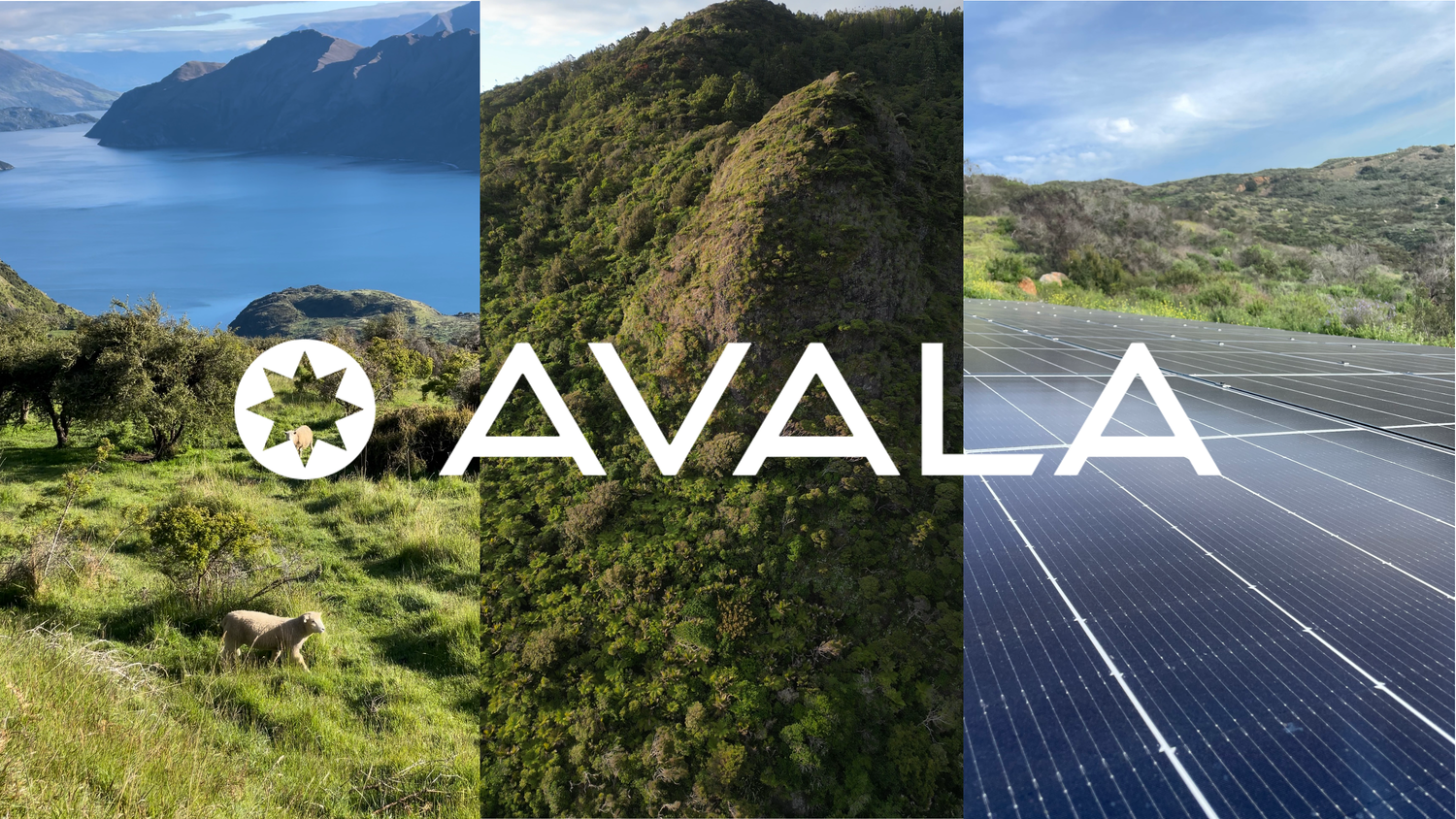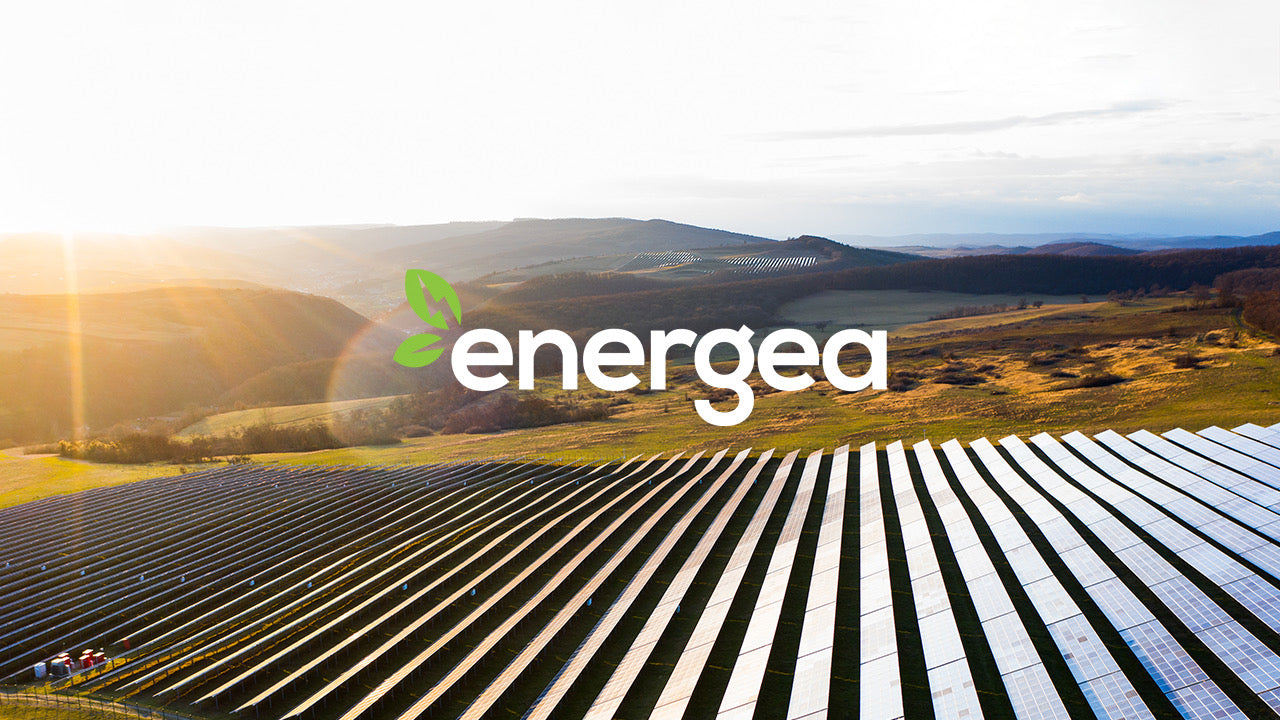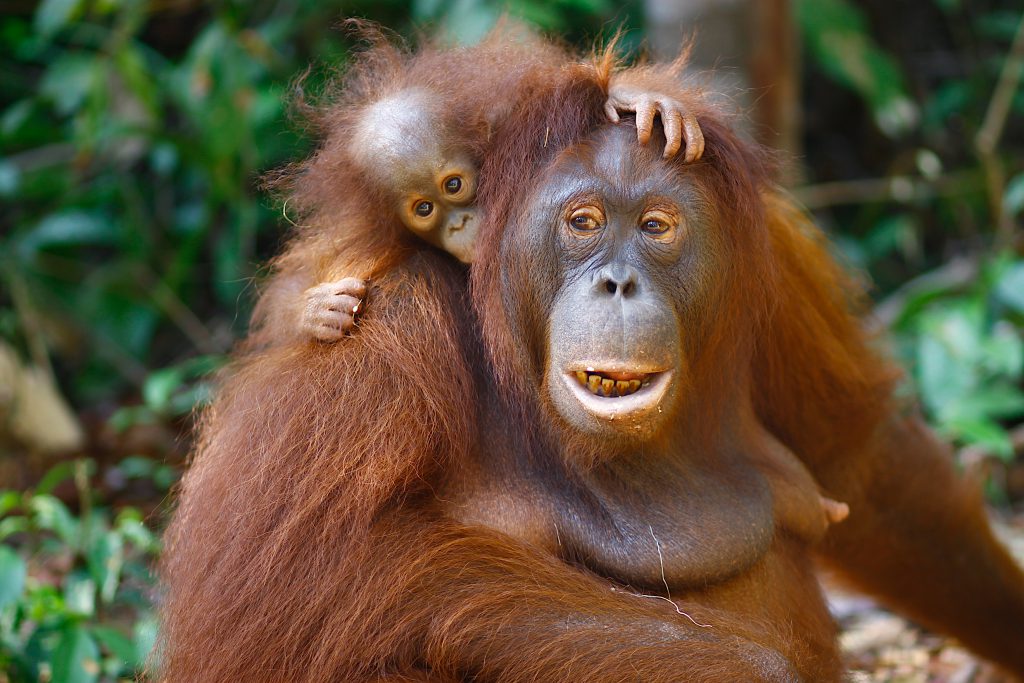Carbon-Negative

Our Intentions
Some brands use fancy buzzwords about sustainability without making a meaningful difference for the planet. After spending years studying and working on climate change mitigation at Georgetown and Hydrova, I knew I wanted to take a different approach. Launching Avala as carbon-negative from day one is an ambitious goal, but we’re fully committed to doing it the right way. Here’s how we’re achieving it, backed by science:
Step 1: Stopping CO₂ at the Source

Solar Energy Investing
To reverse the effects of climate change, first we need to stop CO₂ emissions at the source. Renewable energy projects like solar do exactly that by replacing the need for fossil fuels in our electricity grid.
The problem is: investment in renewable energy isn't happening fast enough (see graphic for reference). That's where we want to help at Avala.

Our Unique Strategy
If you look at the sustainability pages of most other brands that are "investing in renewables" (even some I admire), you'll see that they're actually just purchasing Renewable Energy Certificates (RECs). RECs are pieces of paper that existing renewable power plants sell. When a company purchases an REC, they aren't directly creating any new renewable energy. This was something I knew I wanted to do differently at Avala.

Partnering with Energea
With Avala's partner Energea, we’re investing in solar energy projects directly. This means that every dollar spent actually deploys new solar panels that wouldn't otherwise exist. This is more expensive than RECs up front, but creates the biggest impact over time because a) we divert more CO₂ emissions by funding new solar projects and b) we are purchasing profitable assets that pay dividends over time; this gives us exponential growth in the capital we have to fund our climate efforts - I call it sustainable sustainability.
Step 2: Removing CO₂ already Produced

Funding Forestry Projects
Reversing the effects of climate change requires both preventing CO₂ emissions and achieving net CO₂ removal. That’s why I felt it was essential for Avala to launch as a carbon-negative brand. To accomplish this, we are funding one of the most effective forms of carbon sequestration: forests. Our partner Pachama has conserved more than 2M hectares of native forest around the world. Using advanced satellite imagery and artificial intelligence, Pachama is able to remove CO2 permanently with rigorous certifications.
Criteria
Backed by Bill Gates' Breakthrough Energy Ventures, Amazon’s Climate Pledge Fund, Lowercarbon Capital, and other climate leaders, Pachama was the organization that impressed me the most when it came to finding a carbon sequestration partner. Pachama works on forest conservation and restoration projects around the world that remove CO₂ from our atmosphere using the following criteria:
- Additionality: the project must have a net additional climate benefit calculated based on the difference between baseline, project, and leakage emissions.
- Conservative: the net climate benefit must be assessed conservatively such that ≥1 ton of CO₂ is removed for every 1 ton of CO₂ credits sold.
- Durability: the long-term impact of the project is confirmed using advanced ongoing monitoring.
- Beyond Carbon: the projects must deliver benefits beyond carbon such as those included in the UN's 17 world Sustainable Development Goals.
Every ton of CO₂ removed is certified by top third-party standard groups including Verra, American Carbon Registry, Carbon Action Reserve, and Gold Standard.

Our First Project: Central Kalimantan Peatlands
The Provincial government planned to convert the Central Kalimantan Peatlands, which can store 20x more carbon than typical forests, into palm oil estates. This project protects these natural carbon sinks that would have otherwise been drained and logged and creates a physical buffer along the world-renowned Tanjung Puting National Park’s eastern border offering sanctuary to countless plant and animal species. Beyond its carbon benefits, this project also devotes enormous effort to impactful livelihood programs in surrounding villages, addressing all 17 UN Sustainable Development Goals.
The Central Kalimantan Peatlands also protects the populations of five critically endangered, 12 endangered, and 37 vulnerable species (including 5% of the world’s total population of Orangutans).
Step 3: Building a More Sustainable Future

Our mission is to remove more CO₂ than we produce, acting as a CO₂ vacuum cleaner for the planet. To accomplish this at scale, we will need to go beyond Step 1 and 2 to create a fully carbon-negative supply chain. This involves everything from from how we cultivate raw materials, to how we power our factories, to how we transport our goods. Avala will continue to expand our efforts into these areas by pioneering frontier climate solutions.
Have a solution that can accelerate Avala towards these goals? We'd love to hear from you below!
